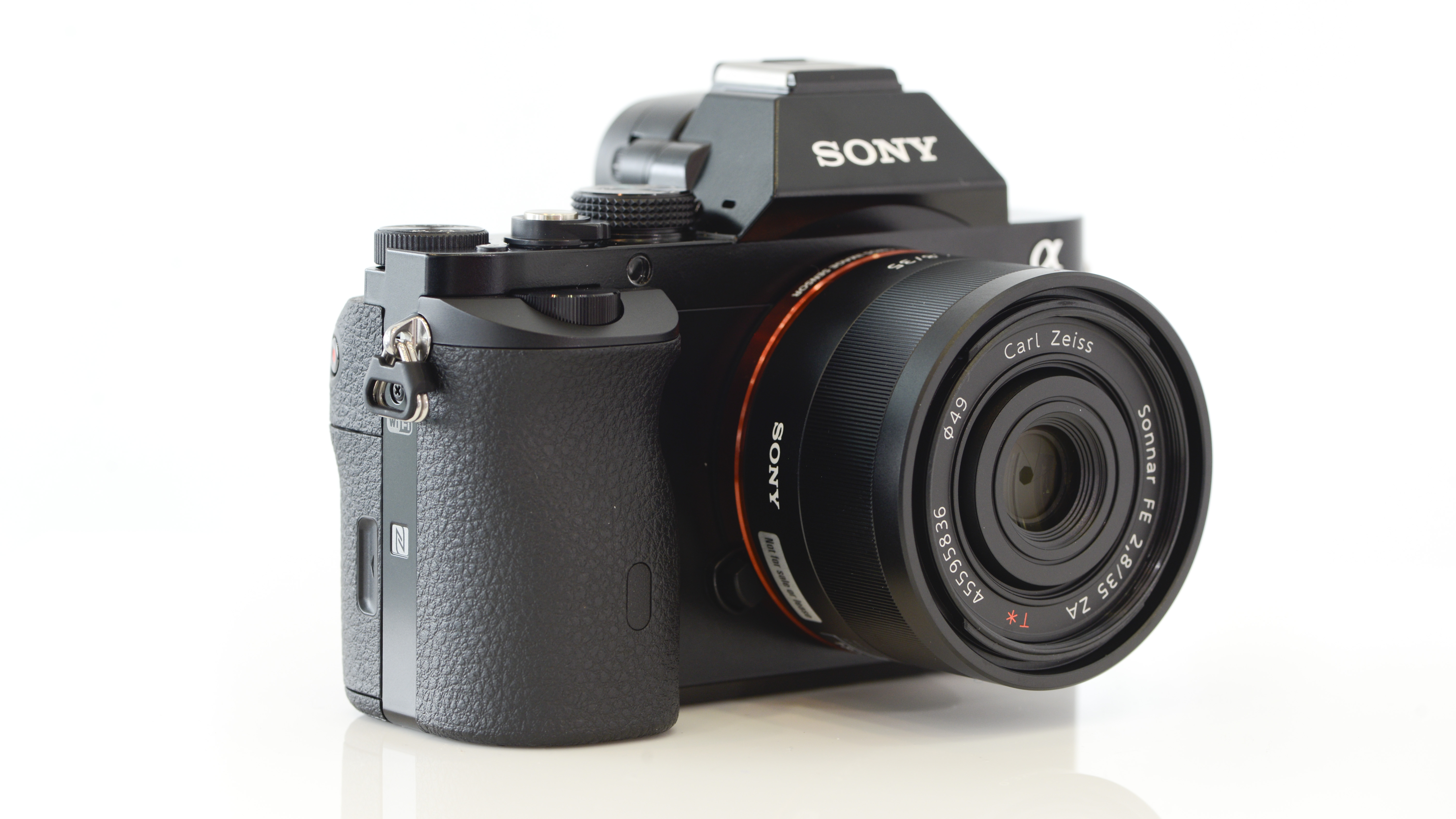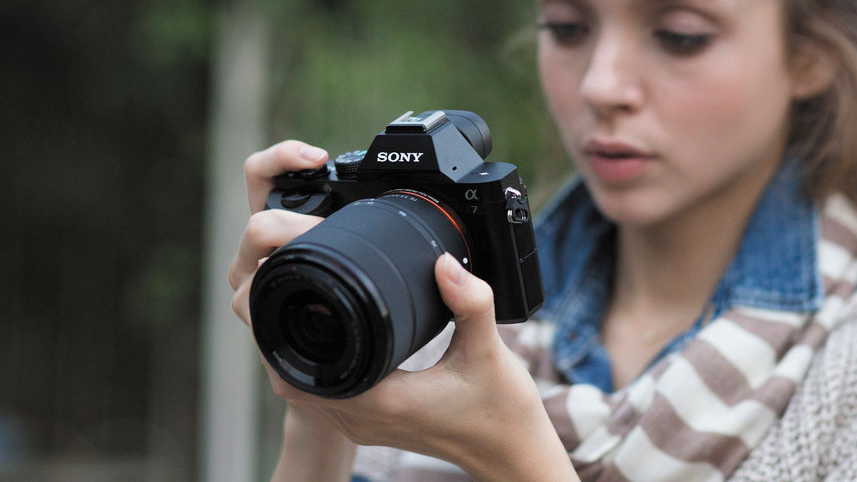Why you can trust TechRadar
The A7 and the A7R are two of the most exciting cameras to be announced this year, representing a genuine step forward in mirrorless technology. We had very high hopes for both models, with the A7 using the same base sensor as the Sony Alpha 99, something which we already knew to be a decent performer.
Happily, we have not been disappointed by the images that the A7 is capable of producing. Although it is the cheaper and lower resolution of the two Sony cameras, it's still more than capable of holding its own in the image quality stakes.
Colours are beautifully represented, tending to be bright and punchy without showing too much vibrance. If you need to change the colour output of the camera, a number of Creative Styles, including Vivid and Black and White are also available. Skies are represented well, not displaying too much evidence of cyan tones, while skin tones are also beautifully natural.

The A7 can be bought as a package with the 28-70mm f/3.5-5.6 FE lens. While this is a decent enough walk-around lens to get you started, it's really not the lens that the full-frame sensor deserves. It's worth considering this camera as a body-only option, and sticking with the admittedly more expensive prime lens options. The camera's 24 million pixel sensor is capable of resolving a good amount of detail, but some of that is lost, especially towards the edges of the frame, when using the 24-70mm optic.
Generally speaking, the Alpha 7's metering system does a good job when left on Multi (all-purpose), although you may find you need to dial in or down some exposure compensation when shooting in areas of high contrast, or if shooting somewhere particularly dark. Using an electronic viewfinder helps in these scenarios, as a live preview of the image will be displayed in the viewfinder.
Similarly, the automatic white balance option copes reasonably well in the majority of situations, albeit erring towards incorrect colour casts when shooting under artificial lights. In these cases, it makes sense to switch to a more appropriate white balance setting to compensate.

Sony claims that the A7 boasts faster autofocusing speeds than other full-frame cameras such as the Nikon D610 and Canon 6D. While that is true in good light, it's less capable in lower lights than those cameras. In good light, autofocusing is snappy, locking on quickly, and for the most part, accurately. However, as light levels drop, autofocus hunts a little more, and on occasion brings up a false positive.
With a large sensor, the camera should be more capable than its smaller-sensored siblings and competitors in lower light/higher sensitivity situations. In reality, it is. Noise doesn't really start to become apparent until around ISO 1600, while it doesn't start to become problematic until ISO 6400, and even then only when you're examining images at 100% to look for issues. Sharing at normal web sizes, or printing at A4 (or below) at these levels is more than acceptable.
Like other Sony cameras, the A7 is equipped with a Dynamic Range Optimiser. You can choose to have this switched off, left on automatic or set on a level from one to five (with one being the most subtle). This does a good job of producing balanced exposures where the contrast might otherwise confuse the camera. I chose to leave it switched to automatic the majority of the time, only switching to level four or five if there was extreme contrast in the situation. This can result in the image looking a little fake on occasion. But it's a good option, especially if you don't to spend too much time working on your shots in post production.
Despite this camera being aimed at more advanced photographers, Sony hasn't skimped with the creative options it offers. There's Creative Styles, which are available to shoot all the time, including when shooting in raw format - good news if you want a "clean" version of the image to work with at a later date.
There's also Picture Effects, which unfortunately still can't be shot in raw format. It's a point we keep raising with Sony cameras, and we hope that one day the company will change this - purely because it can seem like a good idea to shoot in Toy Camera (for example) mode at the time, but later on you may wish you had an unaltered version to work with. On the plus side, you can keep full manual control when using filters.
There is also a Sweep Panorama mode, something that Sony pioneered a few years ago. This basically allows you to create panoramic images in camera, simply by sweeping it across the scene in front of you. Images made by this mode are good and ideal for sharing online. If you examine the panoramic images it produces at 100% you will find some evidence of image smoothing, but there generally isn't much evidence of repeating patterns.
The biggest drawback of the A7 is its battery life. There's no way that the camera can compete with full-frame DSLRs such as the D610, with it barely lasting half a day during testing. It's therefore recommended that at least one additional battery is purchased. It would be nice to see Sony including a spare in the box, but that doesn't seem particularly likely.
Current page: Performance
Prev Page Build quality and handling Next Page Image quality and resolutionAmy has been writing about cameras, photography and associated tech since 2009. Amy was once part of the photography testing team for Future Publishing working across TechRadar, Digital Camera, PhotoPlus, N Photo and Photography Week. For her photography, she has won awards and has been exhibited. She often partakes in unusual projects - including one intense year where she used a different camera every single day. Amy is currently the Features Editor at Amateur Photographer magazine, and in her increasingly little spare time works across a number of high-profile publications including Wired, Stuff, Digital Camera World, Expert Reviews, and just a little off-tangent, PetsRadar.

